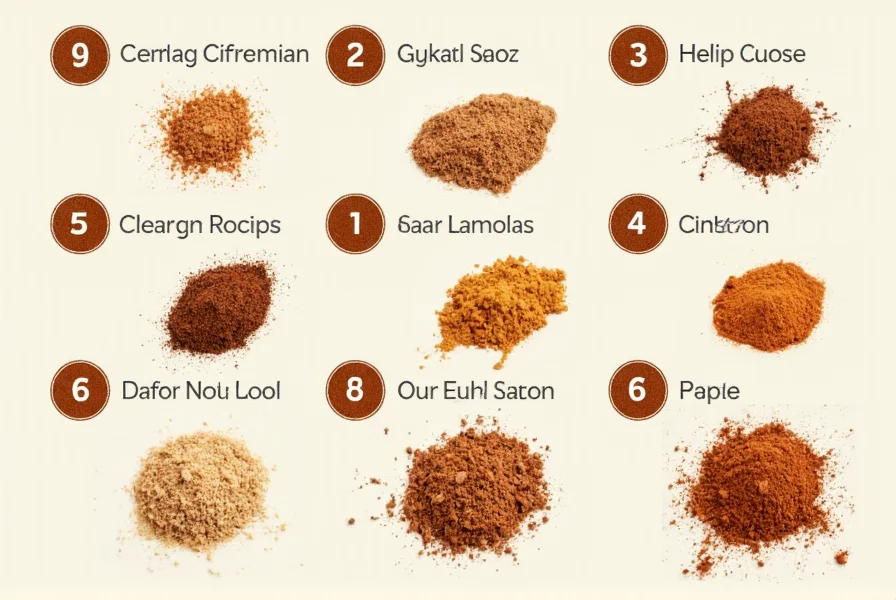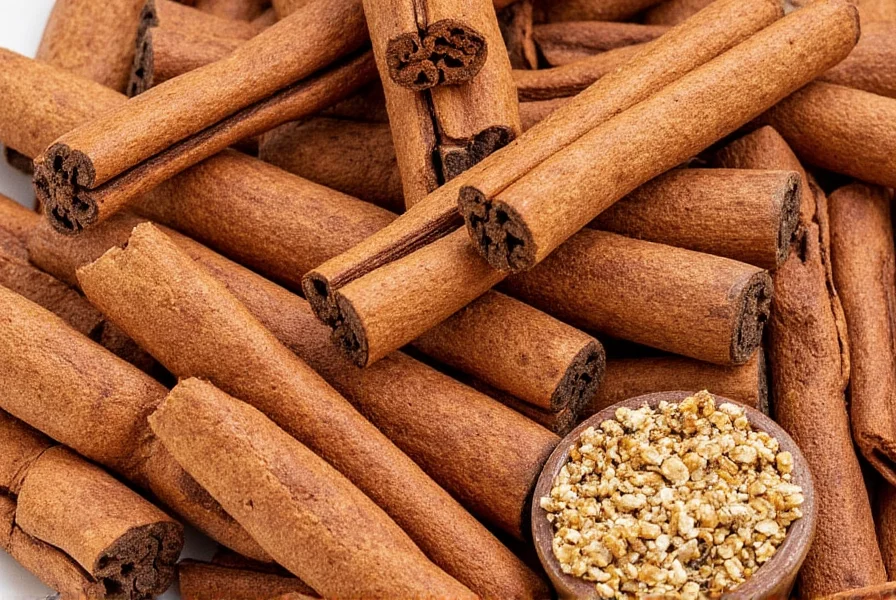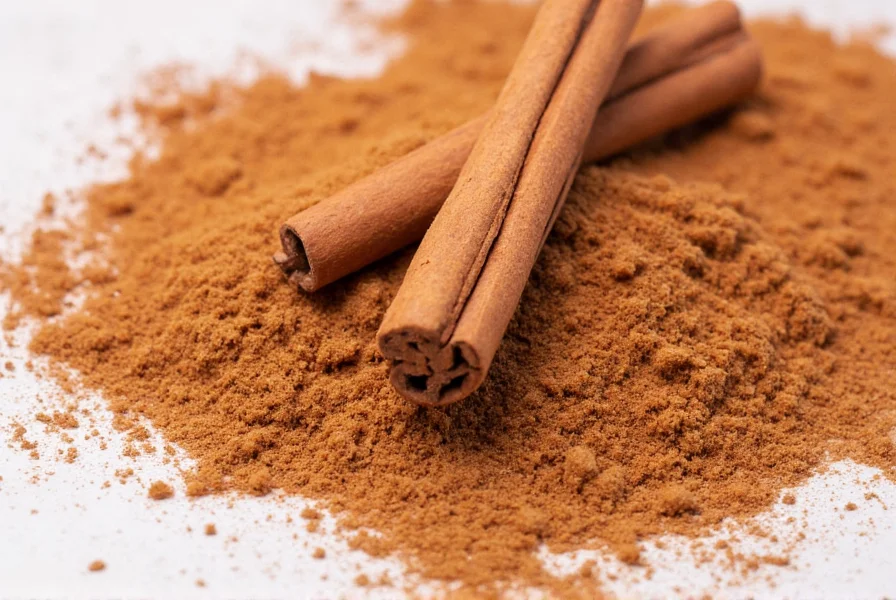The best cinnamon alternatives depend on your specific need: Allspice offers the closest flavor profile for baking, nutmeg works well in beverages, cardamom provides a floral note for desserts, and cassia (a cinnamon relative) can substitute directly with a stronger taste. For those avoiding coumarin, allspice and cardamom contain negligible amounts, while people with cinnamon allergies should consider nutmeg or ginger as safer options.
When cinnamon isn't available or suitable for your needs, finding the right substitute becomes essential for maintaining flavor balance in your recipes. Whether you're dealing with an allergy, health concerns about coumarin content, or simply ran out of this popular spice, understanding your alternatives ensures your dishes still achieve that warm, comforting essence.
Why Seek Cinnamon Alternatives?
Cinnamon remains a kitchen staple worldwide, but several valid reasons prompt cooks to explore substitutes. Some individuals experience oral allergy syndrome from cinnamon, while others monitor coumarin intake due to liver concerns. Budget constraints make expensive Ceylon cinnamon prohibitive for regular use, and recipe-specific requirements sometimes demand different flavor profiles. Understanding these motivations helps select the most appropriate cinnamon replacement for your situation.
Top Cinnamon Substitutes for Different Applications
Allspice: The Closest Flavor Match
Allspice earns its name by combining flavors reminiscent of cinnamon, nutmeg, and cloves. This single spice provides the most direct cinnamon alternative, particularly in baking applications. When substituting in cookie or cake recipes, use a 1:1 ratio of allspice for cinnamon. Its warm, slightly peppery notes work exceptionally well in spice cakes, apple pies, and holiday breads. For those seeking a cinnamon alternative for people with allergies, allspice generally poses no cross-reactivity issues.

Nutmeg: The Subtle Alternative
Nutmeg offers a milder, sweeter profile that works beautifully in creamy dishes and beverages. Use approximately half the amount of nutmeg compared to cinnamon, as its flavor intensifies when cooked. This makes nutmeg an excellent cinnamon substitute for baking in custards, rice puddings, and eggnog. Freshly grated nutmeg always delivers superior flavor compared to pre-ground versions. For health-conscious cooks, nutmeg contains no coumarin, making it a preferred cinnamon alternative with less coumarin for regular use.
Cardamom: The Floral Option
Cardamom provides a complex, citrusy flavor that elevates both sweet and savory dishes. When replacing cinnamon in Scandinavian pastries or Middle Eastern desserts, use a 3:4 ratio (¾ teaspoon cardamom for every teaspoon of cinnamon). Its distinctive aroma shines in coffee cakes, fruit compotes, and chai blends. Cardamom serves as an excellent healthy alternative to cinnamon for those monitoring blood sugar, as some studies suggest potential metabolic benefits.
Comparing Cinnamon Alternatives
| Alternative | Flavor Profile | Best For | Substitution Ratio | Coumarin Content |
|---|---|---|---|---|
| Allspice | Warm, peppery, complex | Baking, stews, mulled wine | 1:1 | Negligible |
| Nutmeg | Sweet, nutty, subtle | Custards, beverages, creamy sauces | 1:2 (half amount) | None |
| Cardamom | Floral, citrusy, complex | Desserts, coffee, Middle Eastern dishes | 3:4 | Negligible |
| Cloves | Strong, pungent, sweet | Pickling, holiday recipes, spice blends | 1:3 (one-third amount) | Negligible |
Special Considerations for Specific Needs
For Health-Conscious Cooks
If you're monitoring coumarin intake, cassia cinnamon (the common grocery store variety) contains significantly more coumarin than Ceylon cinnamon. When seeking a cinnamon substitute with less coumarin, allspice, cardamom, or nutmeg provide similar warmth without this compound. Research shows that allspice contains only trace amounts of coumarin, making it the safest choice for daily use among cinnamon alternatives for people with health concerns.
For Baking Versus Savory Dishes
The best cinnamon substitute for baking differs from options suitable for savory applications. In sweet recipes, allspice or apple pie spice (a pre-mixed blend containing cinnamon, nutmeg, and allspice) works best. For savory dishes like Moroccan tagines or Indian curries, consider cardamom or a small amount of cloves instead. When replacing cinnamon in recipes requiring its distinctive warmth without overpowering other flavors, a combination of nutmeg and a pinch of ginger often delivers excellent results.
For Those with Cinnamon Allergies
True cinnamon allergies, while rare, require careful spice substitution. Most cinnamon-allergic individuals tolerate allspice well, but always test new spices in small quantities first. Nutmeg and ginger represent the safest cinnamon alternatives for people with allergies, as they belong to different botanical families. Remember that cassia, often sold as "cinnamon," shares similar compounds with true cinnamon and should be avoided by those with cinnamon sensitivities.
Practical Substitution Tips
When replacing cinnamon in recipes, consider these professional techniques. For baked goods, add your substitute spice early in the mixing process to allow flavors to meld. In hot beverages, steep ground spices for 5-10 minutes to maximize extraction. When creating your own spice blends as cinnamon alternatives, toast whole spices before grinding to enhance their aromatic compounds. For the most accurate flavor matching, combine two or three complementary spices—such as nutmeg, allspice, and a pinch of cloves—to approximate cinnamon's complex profile.

Creating Your Own Custom Blends
Developing personalized spice blends provides the most satisfying cinnamon alternatives. Try this versatile "Cinnamon Replacement Blend": combine 2 parts allspice, 1 part nutmeg, and ½ part cardamom. For a sweeter profile suitable for desserts, add a pinch of ground cloves. This approach gives you control over intensity and allows customization based on your specific recipe requirements. Professional chefs often maintain several specialized blends rather than relying on single-spice substitutions, recognizing that cinnamon's complexity stems from multiple flavor compounds.











 浙公网安备
33010002000092号
浙公网安备
33010002000092号 浙B2-20120091-4
浙B2-20120091-4